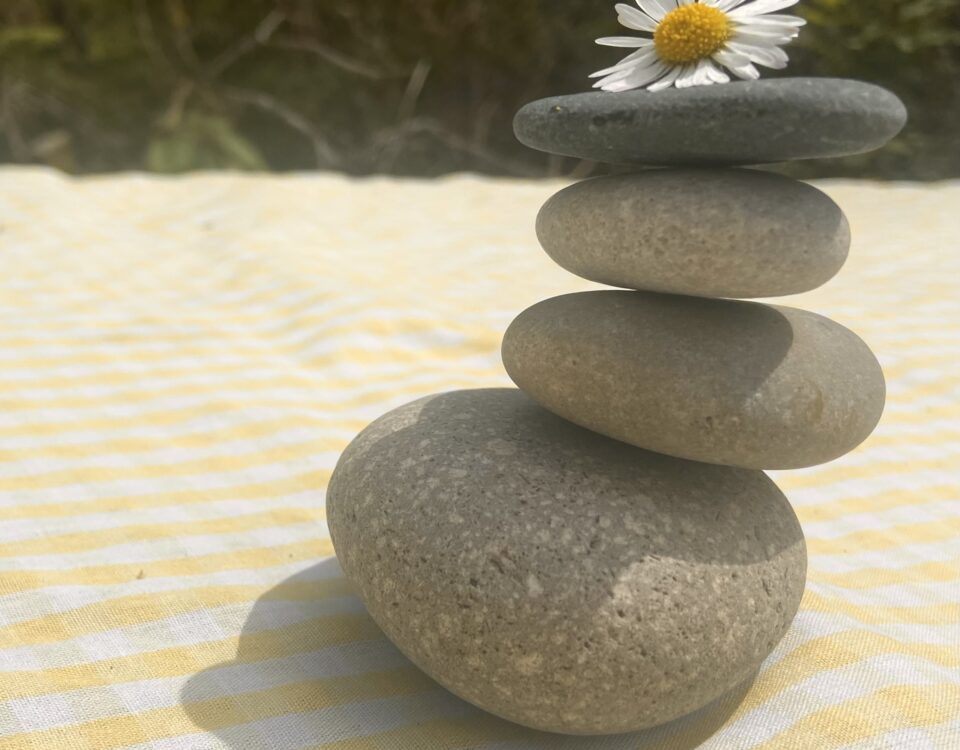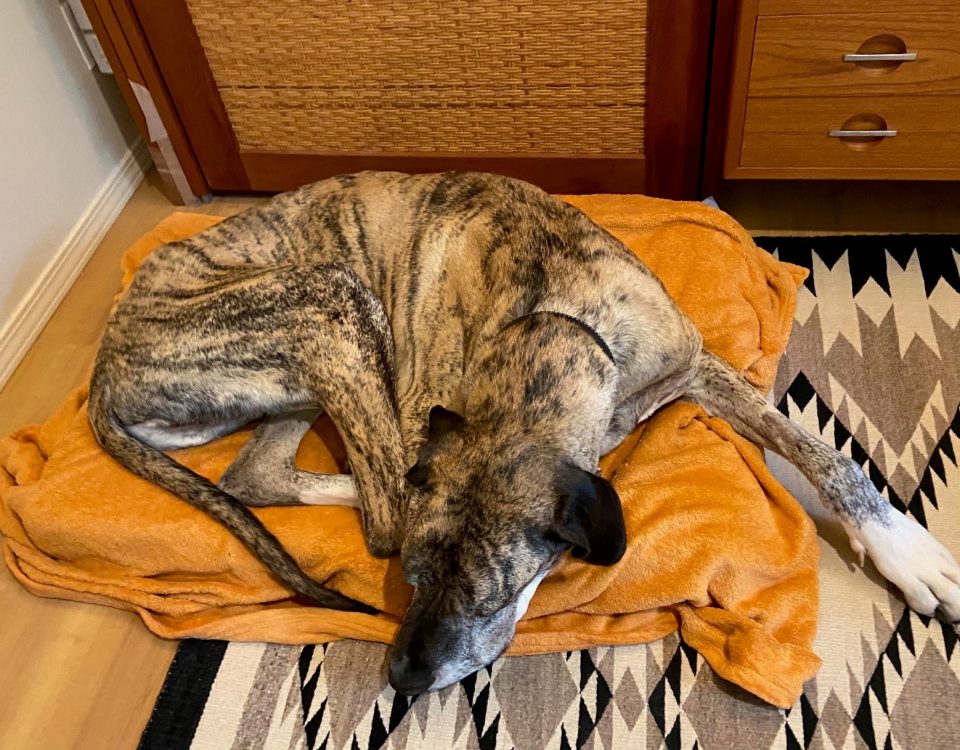Teaching Yoga
April 10, 2012Dystonia
May 14, 2012Parkinson’s Posture, Yoga Posture
April’s Parkinson’s Awareness Month brings out the word nerd in me.
A crossword junkie, I savor words with multiple meanings. The bitter side, however, to more than one definition is that it can lead to misunderstanding, particularly in a yoga class.
Posture (n) – the carriage of the body generally focused on the spine
The term posture is a good example. A subtle shift in connotation occurs depending on context. The standard definition refers to an upright body position. In yoga, it can be another word for pose, which can be upright, backwards, inverted, twisted, prone. In Parkinson’s, take the standard definition and subtract dopamine to equal the stooped, unsteady forward-lean when standing or walking.
Posture (v) – to place oneself in a forced position
Parkinson’s is a degenerative neurological condition that affects, among other things, balance and mobility. Medications and exercise can help. However, their effectiveness waxes and wanes. A person with Parkinson’s may be at the grocery store, a local deli, the hairdresser or yoga class when the shuffling creeps in. Each step becomes calculated, each move a balancing act.
Posture (n) – stance, attitude
Those of us living with Parkinson’s have seen the stance. We’ve likely experienced it. Its favorite time to creep up my spine and hinge me forward occurs while I’m brushing my teeth. Sometimes I glance up into the mirror and laugh at how Parkinson’s I look.
Multiple factors contribute to this symptom. One is that rigidity tightens the front body muscles, actually shortening them, pulling us down and forward. Another is that the natural, automatic response of taking a step back to regain balance is gone. It evaporates with the dopamine. Our forward tilt is a clever way that our bodies compensate for that loss, shifting the center of balance forward to keep from leaning back, knowing we can’t catch ourselves.
While this compensation may keep us from tumbling backwards, it makes walking a challenge. Being told to Stand Up Straight isn’t helpful because to do so means putting ourselves in that off-balance position. In addition, the power of those shortened muscles, sometimes in continuous involuntary contraction, is too strong to overcome.
Bringing an awareness to when this is happening in the body can help. Noticing when the lean begins can alert us to sit and take a rest for safety, practice what I call “watered flower” to counter the rigidity, walk with a cane or stand with supports for safety (near a the wall, for example).
Posture (v) – to act in a conscious outward behavior
What can yoga teachers do to help bring the body alignment back to center? How do we best address the factors contributing to the forward lean? Start with shoulders? Neck? What if one student’s rigid areas differ from another’s?
Begin with the breath. Bring awareness to the expansion that happens with each inhale. Step that breath through the body, identify those parts that are stuck. For example, breathe into the hips. Breathe into the ribs. Allow the ribs to stack over the hips. Breathe into the collar bones. Let them broaden with each inhale. The exhales give us room settle and space to experience the inhale.
Use props. Practice beside a wall. Fold blankets for back support in a seated mountain during breath work.
As the breath moves the body, watch what loosens, lets go. There are yoga postures that target the Parkinson’s posture. Here are a few that have worked well for me.
- Cats and dogs, allowing the breath to lead the wave of movement up the spine.
- Trunk rotation standing, seated or supine.
- Watered flower: from the Parkinson’s pose, imagine a dry, bowed, thirsty plant. Water it. Imagine the water in your roots, your feet, and sip it up into your stem until your heart feels the warmth of the sun. Sip a bit more until your face turns toward the light.
The shuffle and stumble that is common in Parkinson’s is not an expression of how we’d like to carry ourselves, of our attitude toward life. We’re not what our body language is often misconstrued as: drunken, lazy, contagious.
Body Language
Like a crossword puzzle, body language relies on a interpreting context and cues to understand what fits. In a word nerds other words, check your posture to know where you stand.



1 Comment
Great… Thank you for your stuff on the write-up Parkinson